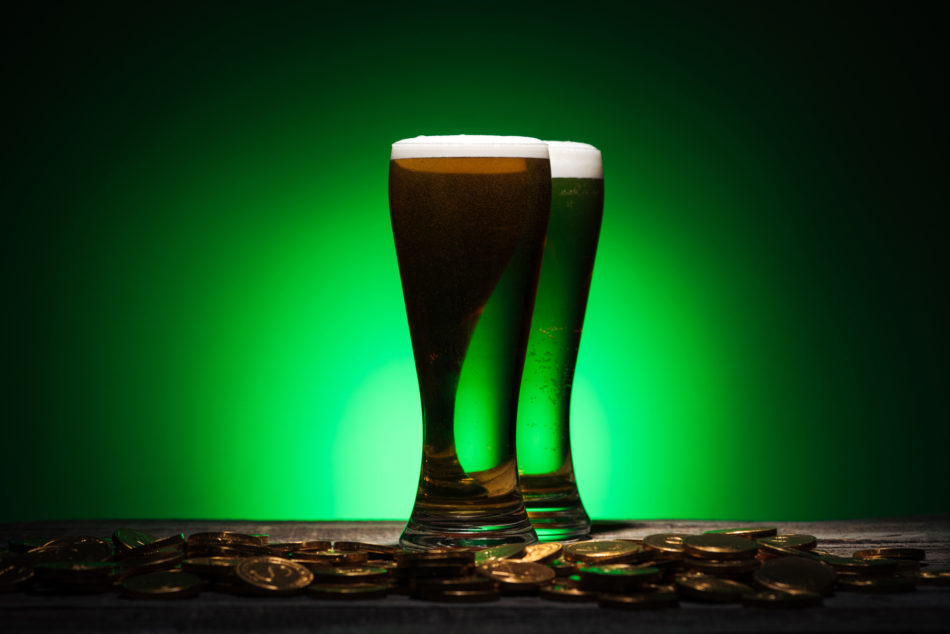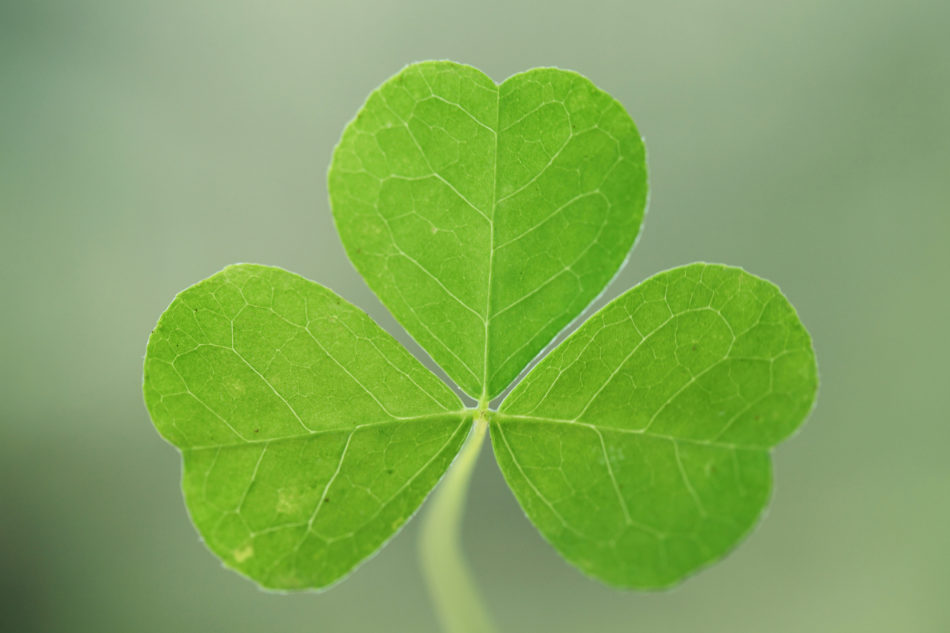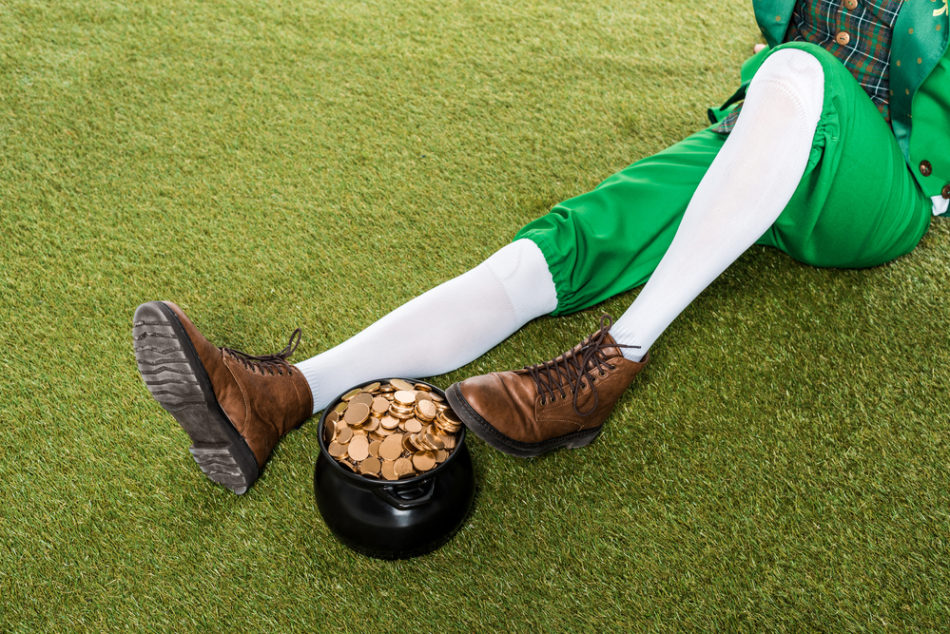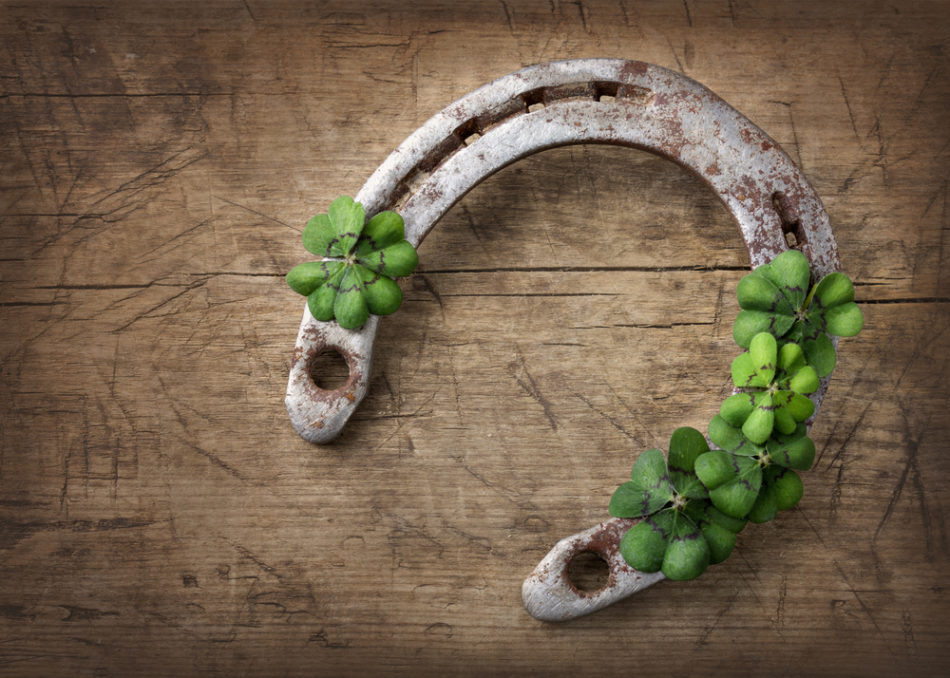St. Patrick’s Day is the quintessential Irish holiday celebrated around the world by millions. Dressing head-to-toe in green and partying through the streets of Dublin on this glorious occasion that every traveler to enjoys a little revelry should experience at least once in their lives – but what do we really know about the holiday?
According to most, we can generally assume that people know that St. Patrick’s Day is the day that some Irish saint, presumably named Patrick, drove all the snakes (or some form of other pest – there are varying stories) out of Ireland. What we don’t know is the real background behind the holiday, and why it’s such a big deal in Ireland hundreds of years later, as well as the rest of the Western World.
With that in mind, here are 6 facts you probably don’t know about St. Patrick’s Day.
St. Patrick’s Day Once Was Dry
You read that right – the most popular holiday in the world use to be a dry holiday. Originally a religious holiday in Ireland, which is a far cry from a national holiday, St. Patrick’s Day was a much more somber occasion on which all the pubs in Ireland actually closed for business.
It wasn’t until 1970, when St. Patrick’s Day became a national holiday, that the image of the holiday changed at it migrated to the drink-fest we all know and love today. It’s hard to imagine St. Patrick’s Day without the liveliness and unique Irish humor that come out of all those green beers!
Green Isn’t the Real St. Patrick’s Day Color
Crazy to think, but the real color associated with St. Patrick’s Day is blue. In fact, at the time the color green was considered unlucky. How times change!
So, what was it that happened to change St. Patrick’s Day from a blue-sporting sober holiday to a green-clad day of drinking? Green has been a color not so much associated with Ireland as it was Irish immigrants who moved to the United States.
The color became a part of Irish lore once the massive influx of Irish immigrants adopted the color green to signify series of Irish rebellions, most associating with the color green, and thus their pride of being Irish.
Why Women Weren’t Traditionally Leprechauns
If you think across a lot of regional and national lore, it seems like most ghouls, goblins, and symbolic creatures are both men and women. Leprechauns are an exception, but do you know why?
The legend of leprechauns dates to early Irish folk tales that spoke of tiny Irish male fairies who, of ill repute and hardened demeanor, were jettisoned from the fairy family. These male “fairies” were always associated with their high levels of mischief, and their ugly appearance.
St. Patrick was British
For your surprise of the day, the most famous Irishman of all-time was, in fact, British. The real St. Patrick was born in the Southern United Kingdom, most likely somewhere around the Welsh and English border, in the 4th century. It was only in his early adulthood when he was brought to Ireland as a slave that he escaped to a monastery in Gaul, and then converted to Christianity.
From there, the rest is history. It was after this that the famous saint became a bishop before eventually returning to Ireland after years of missionary work, and played a huge role in the Irish conversion to Christianity.
March 17th Isn’t His Birthday
Not only is March 17th not St. Patrick’s original birthday, it’s allegedly the opposite – the day of his death. However, rumors persist around the real date of Ireland’s patron saint’s life, and even some question whether or not he ever actually lived. At some point in the 12th or 13th century, March 17th was assigned as the date of his death by the religious community, however, and since that time that’s been the association.
No one is actually sure where the rumor of it being his birthday began, but it seems to be simply a commonly held misconception.
The Real Home of St. Patrick’s Day is New York City
While this may not be a huge surprise, considering the amount of Irish immigrants in New York in the late 18th century, it’s important to note that the first celebration wasn’t even held in Ireland.
With the rise of populations in New York, and with each experiencing its own need to identify and self-import, Irish immigrants who were aware of the significance of the day began holding March 17th in regard before the first actual parade, which was held in 1762.













Leave a Reply